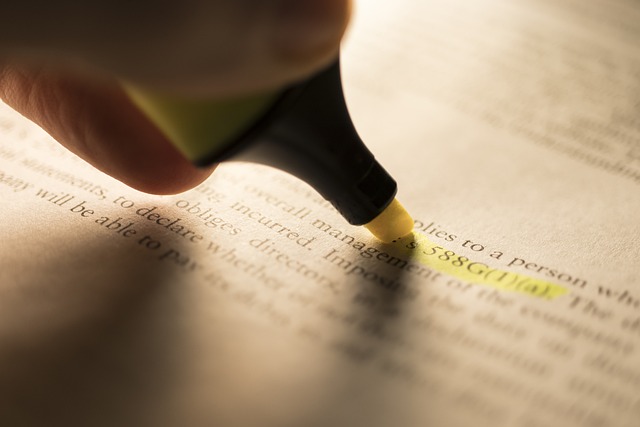Radon: An Invisible Risk
Radon is a naturally occurring radioactive gas, colorless and odorless, formed by the decay of uranium present in soil and rocks. Although it is a natural element, its accumulation in enclosed spaces can pose a serious health risk, as it is considered one of the leading causes of lung cancer after smoking. For this reason, in Sardinia—as in the rest of Italy—the management of radon in workplaces is regulated by specific legislation aimed at ensuring safe and legally compliant environments.
Regulatory Context and Legal Framework
Legislative Decree No. 101/2020 and Euratom Directive
Legislative Decree No. 101 of July 31, 2020, implementing Directive 2013/59/Euratom, is the primary legislative reference on this matter. It sets the following limits for average annual radon concentration:
-
300 Bq/m³ for existing homes and workplaces.
-
200 Bq/m³ for homes built after December 31, 2024.
-
6 mSv/year of effective dose in workplaces.
Therefore, the provisions apply to:
-
Underground workplaces.
-
Semi-basement or ground-floor spaces in priority areas.
-
Specific facilities such as hydroelectric plants, thermal spas, and water treatment facilities.
Radon in Sardinia: Priority Areas
In this regard, the Regional Council of Sardinia has identified 162 municipalities as priority areas for radon monitoring, officially published in the Official Gazette on October 14, 2022.
Employers’ Obligations
Measurement and Monitoring
To ensure a safe working environment, employers are required to complete measurements of the average annual radon concentration within 24 months from the start of business operations or the publication of the priority areas list.
-
If levels are below 300 Bq/m³:
-
Employers must keep the results for eight years.
-
Measurements must be repeated every eight years or after significant structural work.
-
-
If levels exceed 300 Bq/m³:
-
Corrective measures must be taken to reduce concentration.
-
Actions must be completed within two years and followed by new measurements.
-
If levels remain high, annual dose assessments must be performed by a radiation protection expert.
-
Monitoring Technologies and Methods
Accurate analysis requires the use of specialized tools:
-
Passive dosimeters, ideal for long-term measurements.
-
Continuous monitors, useful for real-time tracking.
Measurements must be taken at strategic points to ensure a reliable and representative assessment.
Health Implications and Prevention
Prolonged exposure to radon significantly increases the risk of lung cancer. Therefore, continuous monitoring enables:
-
Timely identification of any concentration spikes.
-
Preventive action to protect workers’ health.
Monitoring and Remediation Services
Relying on specialized professionals offers several benefits, including:
-
Personalized consulting and detailed radon risk analysis.
-
Design and implementation of tailored mitigation measures.
-
Ongoing monitoring and control, with updates on current regulations.
-
Regulatory support and training, for informed and effective radon risk management.
Conclusion
Ultimately, ensuring safe workplaces is a top priority. Complying with radon regulations not only reduces health risks but also ensures legal compliance. For this reason, turning to industry experts is the best choice to protect workers’ health and improve workplace safety through effective, customized solutions.



